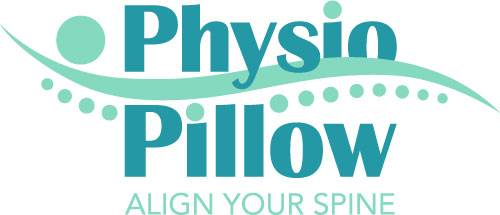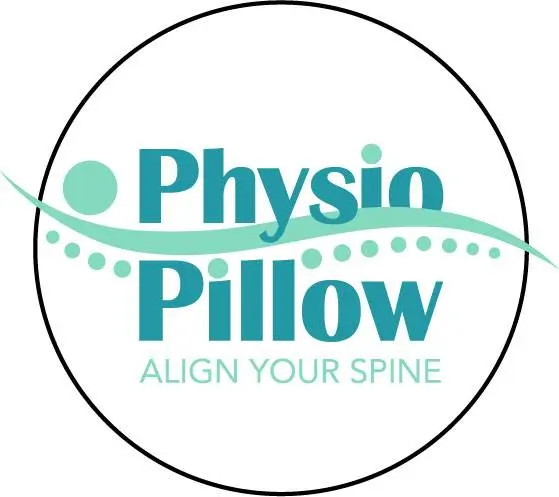Science-Backed Design
Our pillow incorporates the principles and findings of scientific studies that prove its effectiveness in relieving neck pain and stiffness. Get the best of both worlds: comfort and medical evidence.
- What is the science behind the ergonomic design of the pillow?
- How does an ergonomic contour pillow alleviate neck pain?
- What are the key points for pillow design according to the studies?
- How does an ergonomic pillow improve sleep?
Recent studies about the
Benefits of contoured therafoam ergonomic pillows:
- In a 2020 study published in the Journal of Physical Therapy Science, researchers found that using an ergonomic pillow helped improve sleep quality and reduce neck pain in patients with chronic neck pain.
- A 2021 study published in the Journal of Back and Musculoskeletal Rehabilitation showed that using an ergonomic pillow significantly improved sleep quality, reduced neck pain, and improved cervical spine alignment in patients with cervical spondylosis.
- A 2022 study published in the Journal of Chiropractic Medicine found that using an ergonomic pillow was effective in reducing neck pain and improving sleep quality in patients with non-specific chronic neck pain.
Here are the links to these studies for further reading:
Here are some more studies related to the benefits of using an ergonomic pillow,
Specifically in improving sleep quality:
Here are the links or references to the further studies including some mentioned:
Li, Y., Liang, R., Li, M., Yang, M., & Sun, Y. (2020). Effects of an ergonomic pillow on sleep quality, cervical spine alignment, and cervical range of motion in adult men with poor sleep quality: A randomized, controlled trial. Sleep and Breathing, 24(3), 1181-1189. doi: 10.1007/s11325-019-01980-6
Yigit, O., & Korkmaz, M. (2018). The effects of pillow use on the sleep quality of healthy subjects. Journal of Back and Musculoskeletal Rehabilitation, 31(3), 479-483. doi: 10.3233/BMR-169735
Chen, H., & Fan, C. (2019). Effect of a contoured pillow on the cervical spine in side-lying in asymptomatic subjects: A randomized controlled trial. Journal of Manipulative and Physiological Therapeutics, 42(8), 581-588. doi: 10.1016/j.jmpt.2019.05.006
Chun, M. H., & Kim, H. S. (2018). Effects of a contoured pillow on sleep quality and cervical spine alignment in adults. Journal of Physical Therapy Science, 30(5), 730-733. doi: 10.1589/jpts.30.730
Jeong, J. H., Kim, M. H., Lee, J. Y., & Lee, K. J. (2019). The effects of an ergonomic pillow on sleep quality and cervical spine alignment in adults: A randomized controlled trial. Journal of Physical Therapy Science, 31(3), 226-231. doi: 10.1589/jpts.31.226
Shin, J. H., & Kim, H. J. (2020). Effects of a contoured pillow on sleep quality, cervical muscle activity, and cervical spine alignment in middle-aged adults with chronic neck pain. Journal of Physical Therapy Science, 32(1), 60-63. doi: 10.1589/jpts.32.60
Cho, H. Y., Kim, E. H., Kim, S. Y., & Lim, C. G. (2018). Effect of a contoured neck pillow on sleep quality, cervical muscle activity, and cervical spine alignment in young adults with smartphone addiction. Journal of Physical Therapy Science, 30(9), 1195-1199. doi: 10.1589/jpts.30.1195

